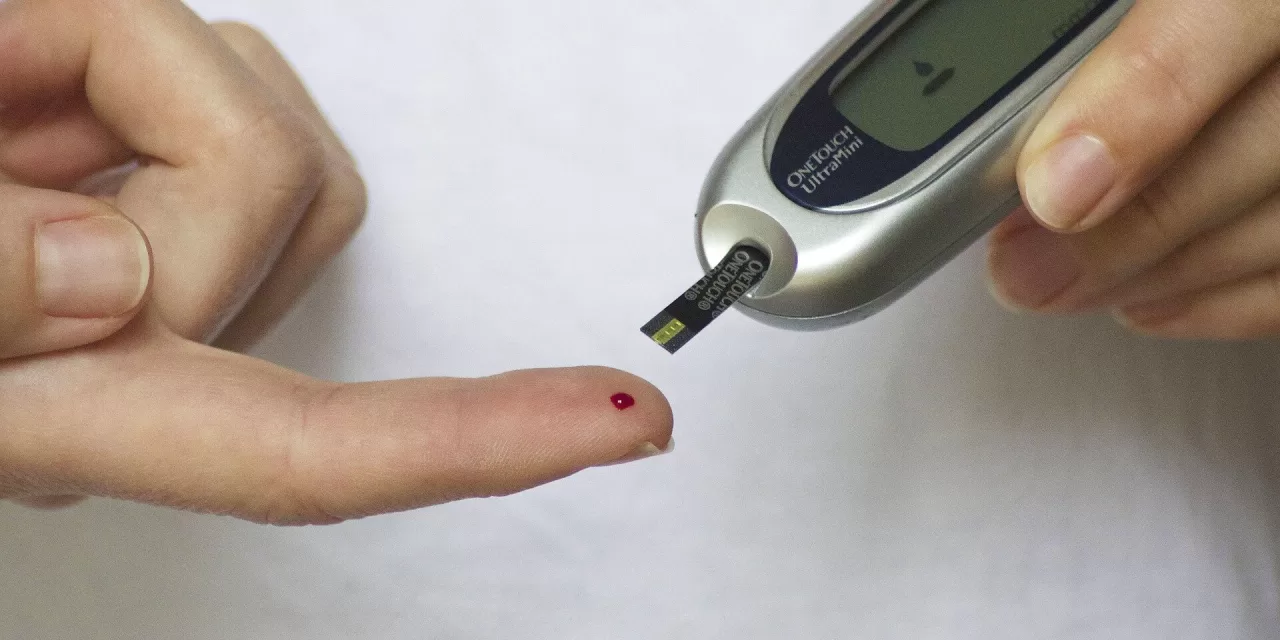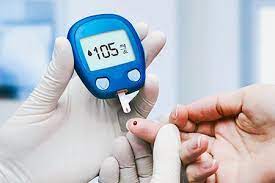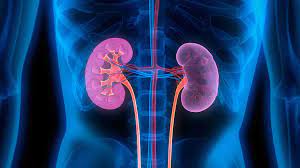Boston, MA – With the U.S. Food and Drug Administration (FDA) now permitting over-the-counter sales of continuous glucose monitors (CGMs), there has been a surge in interest among individuals without diabetes in using these devices for health tracking and wellness. However, a new study conducted by researchers at Boston University Chobanian & Avedisian School of Medicine highlights a significant gap in clinical guidelines for interpreting CGM reports in people without diabetes.
The study, recently published in the Journal of Diabetes Science and Technology, found that even experienced clinicians lack consensus on how to interpret CGM data for individuals without diabetes. This discrepancy underscores the urgent need for standardized guidelines to support medical professionals in providing accurate and meaningful interpretations.
A Wake-Up Call for Research
“This should be a wake-up call that research needs to be done that will inform the creation of guidelines for clinical interpretation of CGM for patients without diabetes,” said Dr. Nicole L. Spartano, Ph.D., assistant professor of medicine at Boston University Chobanian & Avedisian School of Medicine and corresponding author of the study.
The research team surveyed specialists who typically manage complex diabetes cases, asking them to evaluate 20 potentially challenging CGM reports from individuals without diabetes. These reports included hemoglobin A1c (HbA1c) and fasting venous glucose levels. The results showed considerable discordance among clinicians regarding follow-up recommendations and interpretation strategies.
Lack of Consensus Among Experts
The study’s findings indicate that even among experienced diabetes specialists, there is no standard approach to analyzing CGM data in non-diabetic individuals. “Our results suggest that even clinicians with extensive CGM experience do not agree with one another on how they interpret or provide follow-up recommendations for individuals without diabetes based on CGM data,” Spartano noted.
With a growing number of people without diabetes showing interest in CGMs for monitoring glucose fluctuations, maintaining healthy lifestyles, and potentially preventing diabetes, the lack of clear guidelines could lead to confusion and inconsistent medical advice. While CGMs are not currently approved for diagnosing or predicting prediabetes or diabetes, researchers acknowledge the potential for such applications in the future.
The Future of CGM Interpretation
In the absence of formal guidelines, Spartano suggests that physicians with expertise in continuous glucose monitoring may play a crucial role in advising patients on how to interpret CGM data. More research is needed to establish normative data and create evidence-based recommendations for non-diabetic users of these devices.
Reference: Nicole L. Spartano et al., Expert Clinical Interpretation of Continuous Glucose Monitor Reports From Individuals Without Diabetes, Journal of Diabetes Science and Technology (2025). DOI: 10.1177/19322968251315171.
Disclaimer: This article is for informational purposes only and does not constitute medical advice. Individuals interested in using CGM devices should consult a healthcare professional for personalized guidance.












